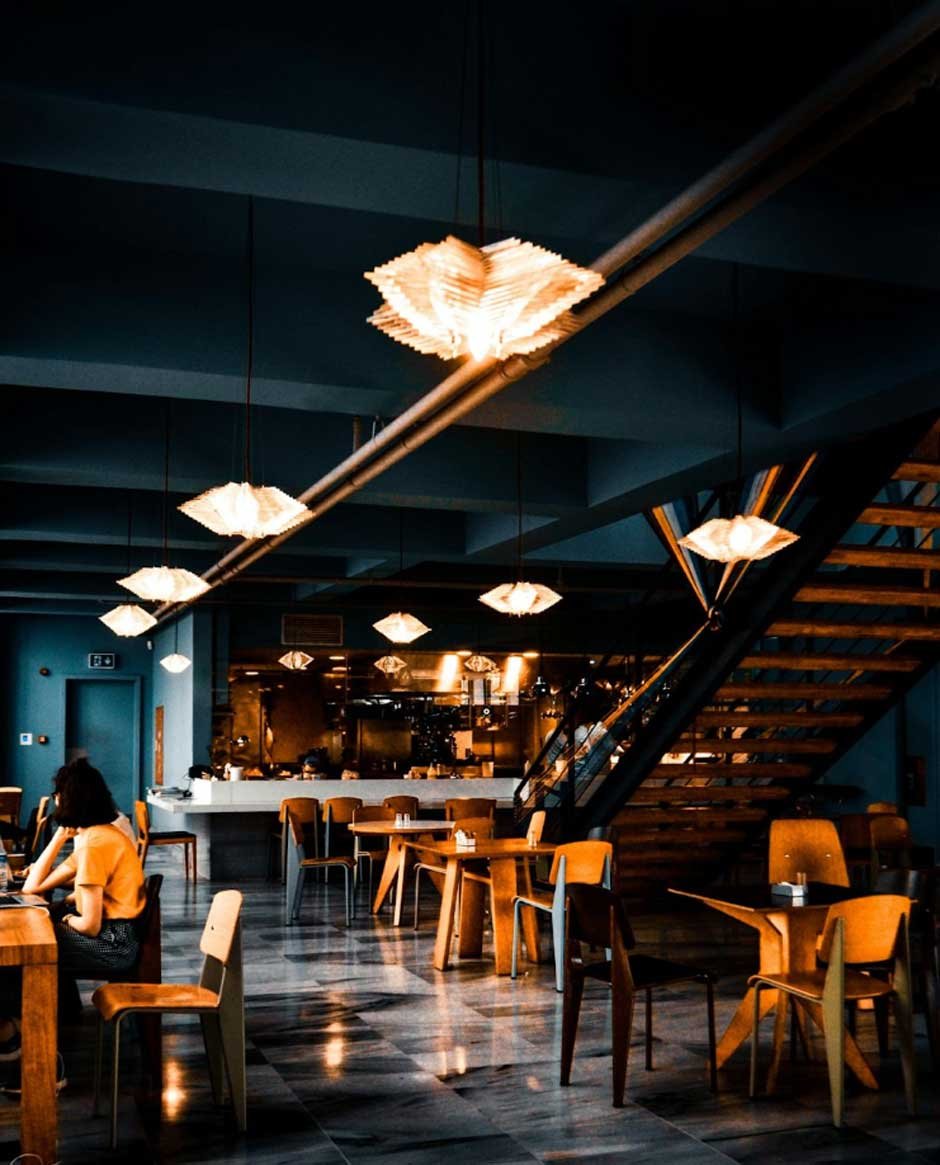Are you looking to improve your hotel’s growth? But looking at how to do so? Interior design serves as one of the strategic tools that can considerably impact business growth. By planning a good interior that matches the hotel’s furniture, one can easily attract customers, enhance productivity, and much more.
Interior design is the first thing that the audience notices at first glance, so it must be serene, eye-catching, and trendy. In this thorough blog, you will explore the role of commercial interior design in enhancing your guest experience and why it matters in the context of growth.
Why Hotel’s Commercial Interior Design Matters?
Your hotel’s interior design matters a lot as it’s the foremost thing a customer notice at first glance. People wouldn’t like to visit the place if the interior decoration is not eye-catching and serene. So, it’s vital to plan a good interior that your customers would love. Commercial interior design serves a crucial role in a lot of areas, such as:
- Enhancing your place’s ambiance
- Attracting customers
- Helps you stand out from other competitors
- Improving the brand’s identity
- Revenue generation
What are the Vital Elements of Commercial Interior design?
The following vital elements serve a crucial role in setting a serene, elegant, and eye-catching ambiance. Let’s discuss them:
Light:
It’s an essential element of interior decoration as it contributes to setting the ambiance and mood of the space. In addition, it also impacts the size and shape of an area and can make any place look larger.
Enhance your space ambiance by using natural and artificial lights, creating an aesthetic look with a blend of natural and artificial light. This mix not only beautifies the place but also makes it look welcoming.
Color and Patterns:
In a hotel’s interior decoration, color and pattern choices are vital to create the desired ambiance and make the design look lively. The selection of colors matters a lot as these represent what the company stands for and what kind of ambiance it provides to its customers.
Patterns in hotels are chosen to complement the color scheme and create a particular ambiance. Most of the designers consider color psychology with themes, deep reds for energy and blues for calmness. Restaurants like KFC and McDonald’s use red color to describe hunger, while candy shops usually use pink or white to show the innocence of kids.
Space:
Space lays the foundation of a place and, hence, is an important element of interior design. An interior designer should be aware of the available amount of space and dimensions. With this, they will be able to plan interior decoration that harmonizes with hotel furniture, color, pattern, and lighting. It serves a crucial role in:
- Maximizes space utilization
- Improves functionality
- Supports aesthetic goals
The Role of Commercial Interior design in Elevating your Guest Experience
Interior decoration serves a crucial role in a hotel in many ways. Some of these are:
Elevating the Guest Experience:
Interior decoration enhances the guest experience, as a well-designed interior not only attracts more customers but also makes a deeper connection with them. On the contrary, if the interior decoration fails to create a comforting and serene atmosphere, people will avoid coming to the place.
Helps to Stand Out in Competiton:
The competition in industry is fierce, and it’s not easy to maintain a remarkable position. However, interior design helps to enhance a restaurant’s ambiance according to the expectations of customers. Although it lets you stand out in the industry, interior decoration is one of the prominent things that significantly impact not only your customers but also the growth of your business.
Optimizing functionality
A well-designed interior layout considers the practical needs of guests and staff. It includes organizing the structure, ensuring there’s smooth traffic flow, and arranging hotel furniture in a way that’s comfortable and user-friendly. In simple words, it’s about creating a space where everything is efficiently placed and enhances the overall experience for everyone.
Creating Atmosphere:
Interior design sets the tone and ambiance tone of a space, influencing how guests feel when they enter. The choice of colors, lighting, materials, and furniture contributes to creating a welcoming and comfortable atmosphere that resonates with the brand and target audience. These elements work together to form a welcoming atmosphere that meets the expectations of customers with the brand, influencing how guests feel when they enter.
Brand Identity:
Interior design communicates a brand’s identity, values, and personality. By including elements such as logos, color schemes, and thematic elements, designers can reinforce brand recognition and create a cohesive brand experience for guests. Commercial interior design has the power to visually convey what a brand stands for and what it’s all about. It’s like telling the brand’s story through the design of the space, making it feel authentic and memorable for everyone who enters.
Conclusion
To sum it up, a hotel’s interior decoration significantly influences guest experiences. Although it serves a vital role in attracting customers, building brand identity, creating a serene atmosphere, etc. Therefore, by carefully considering elements like light, space, colors, functionality, and hotel furniture. Restaurants can create a lasting impression on their audience, boosting a deeper connection with guests and driving revenue growth.














Comments